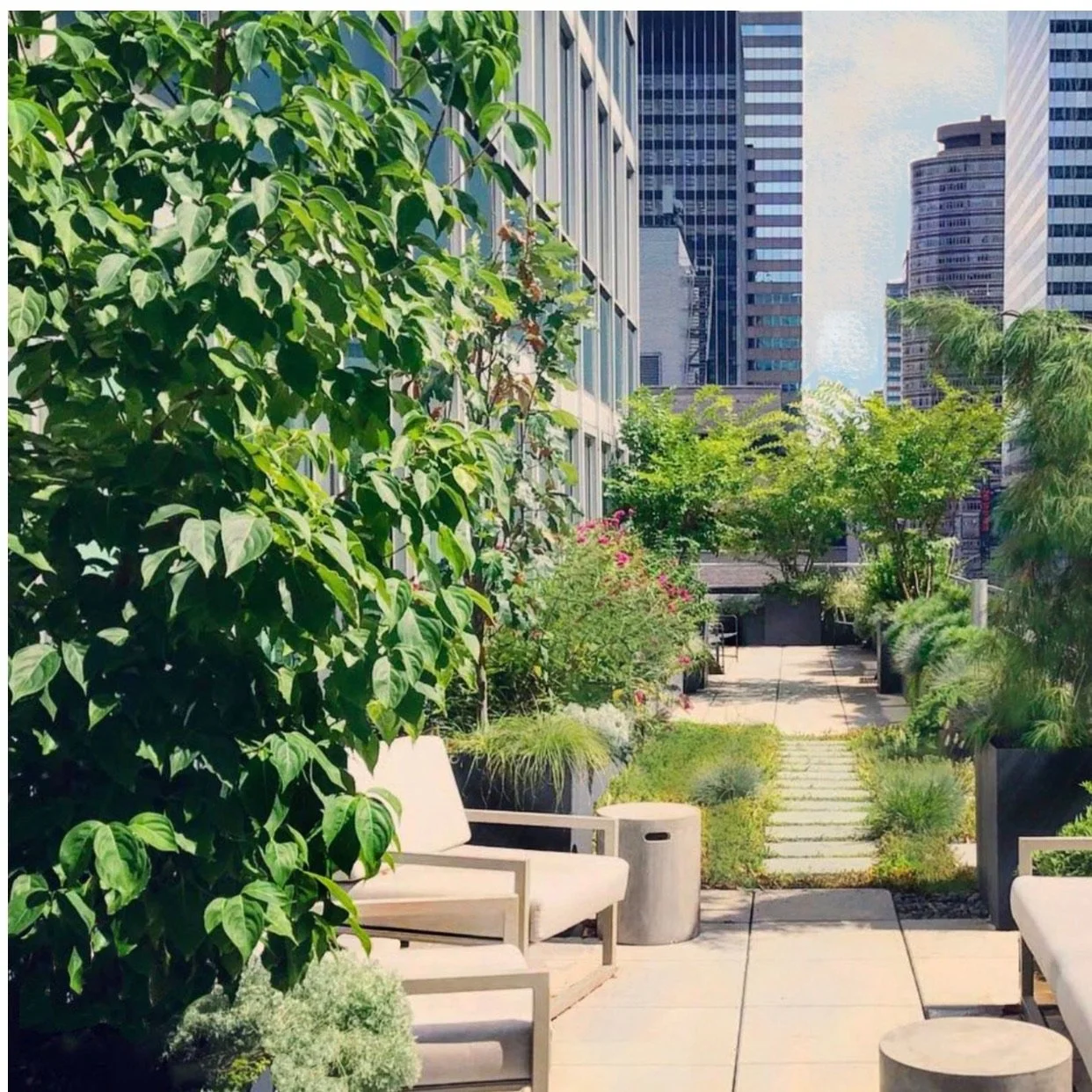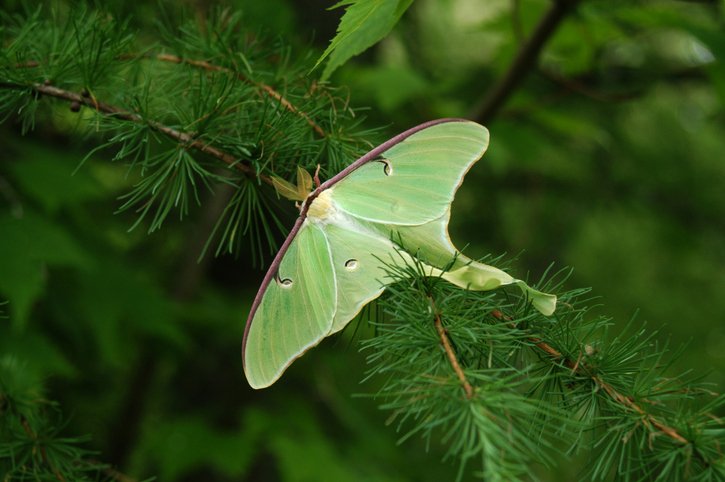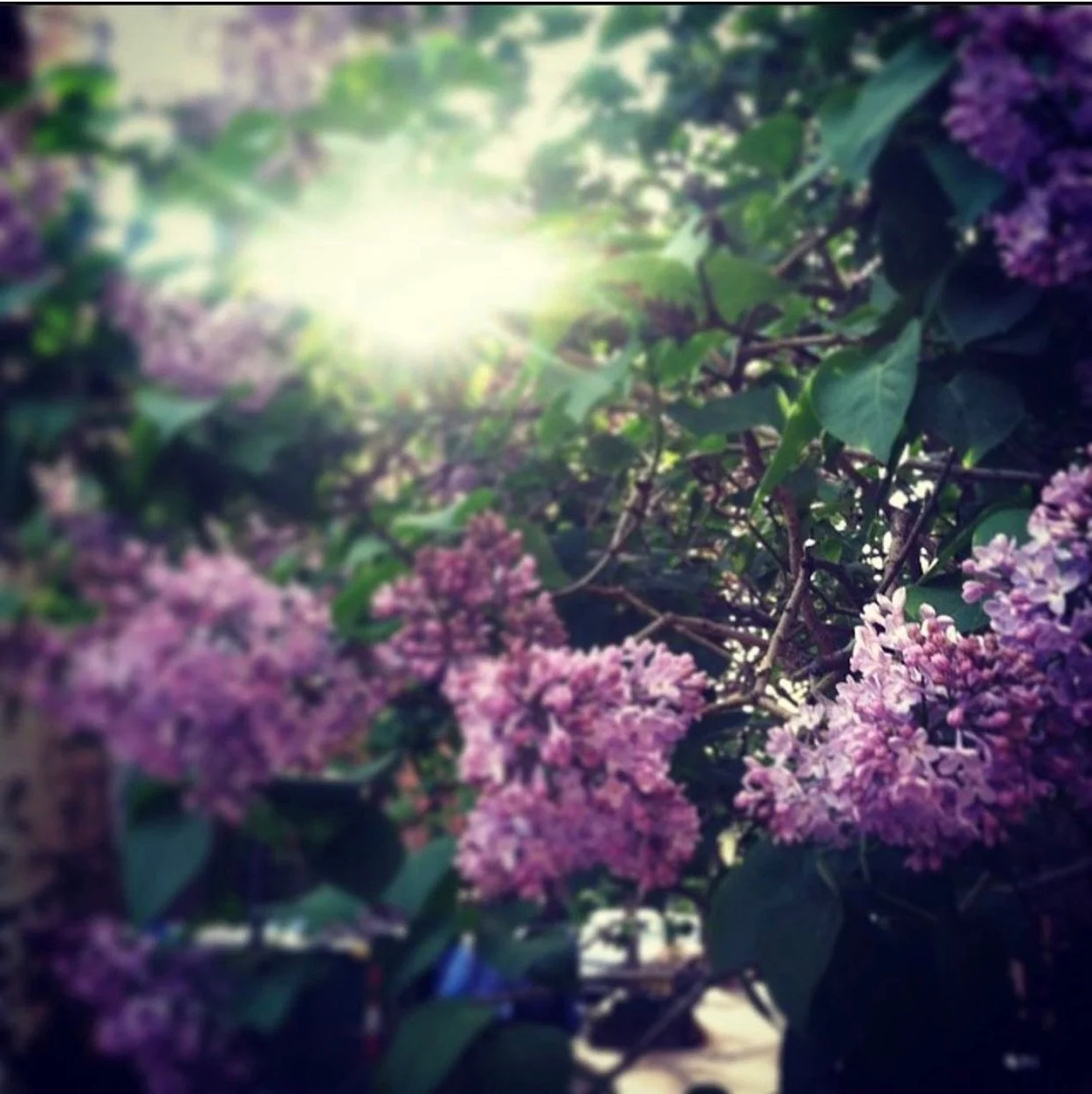School Garden Design
/A school garden allows children to learn in a hands-on, synthesizing manner.
Exploring knowledge and skills through a garden allows students to learn, to create and to experiment, as well as to work collaboratively.
some program possibilities for school gardens
1. Edible schoolyard & sustainability cycle. In this program, school children work with the garden through a full cycle : plant, harvest, provide food from garden to cafeteria, learn to prepare meals, celebrate a harvest feast, compost the leftovers, use the compost to fertilize new seeds; as well as rainwater harvesting.
2. Sustainability : native plant selection to support local food web.
3. Principles of biophilic design : environmental psychology research from E. O. Wilson till today, and exploring how these principles can be applied to design of spaces.
4. Horticultural techniques : growing from seed, root cuttings, per-square-foot planting calculations, composition, fertilizing, pruning, etc.
Formal landscape design on Fifth Avenue on Upper East Side of Manhattan. What do landscape design styles say about a world view, and where did they originate?
5. Cultural : in this program, the history of garden design is explored to discover how cosmological or political belief systems are reflected in the ideals of landscape beauty. From one era to the next and one culture to the next, these ideals vary greatly.
6. History of North America through horticulture : starting with American Indian cultures' botanical knowledge and practices, followed by different horticultural practices brought to the continent by various cultures, cultural cross-pollination, etc.
areas of study
1. History - this subject finds its way into all of the programs in one way or another. For example, the history of sustainability would include a review of wisdom traditions of American Indians, the legacy of John Muir and Teddy Roosevelt, and the call-to-action of 1960s environmental leaders like Rachel Carson and Ian McHarg.
2. Social studies - this subject finds fascinating material in the collective wisdom of the many cultures and nationalities with their particular sets of skills, knowledge, aesthetics and how these have woven together in the American landscape.
3. Math - this subject overlaps with science, design, planning, and can also be explored in the arts. For example, an examination of fractals as found in nature provides an exciting exploration of both math and art.
4. Sciences - studies of botany, soil science, climate, microclimates, irrigation, sustainable methods, materials, photosynthesis, carbon sequestration, oxygen production, the chemistry of compost and of soil and of plant matter.
Techniques to spark the imagination can lead to unexpected outcomes, teaching children to be willing to "not make sense" during play and creativity.
5. Fine Arts - imagination is the limit for the arts as relates to landscape. Cross-pollination with the other areas of study may produce the most exciting ideas. Practiced methods of creative inspiration used by famous artists throughout history might be employed (e.g., growing yarrow and using dried stalks to throw the I ching, resulting in a hexagram upon which the class then bases a design). Also, the landscape as expressing a culture's cosmological view or political system could be explored through field trips to NYC landscapes such as the Chinese Scholar's Garden, the Highline, the Cloisters, and area estate gardens on the Hudson and Long Island. A trip to Olana and to Central Park, as well as a review of the Hudson River School could explore 18th century Americans' view of nature.
Central Park's design by Charles Vaux and Frederick Law Olmsted was influenced by the Hudson River school of painters including Thomas Cole and Frederick Church.
6. Performance Arts - Cross-pollinating the garden and other fields of study with performance could result in some fun and expressive works by and for school kids. For example, grades K-1 could might write and stage on a play about the garden's life cycle over 4 seasons. Some could play the role of seeds, some could be earthworms, some could be fallen leaves or blueberries or the sun or Winter.
The meadow garden at Longwood Gardens in Pennsylvania.
7. Environment - in addition to a review of the history of the environmental movement in North America, field trips could be made to NYC's various ecosystem treasures such as the primeval forests in Inwood and at New York Botanical Garden, the wetlands at Alley Pond Environmental Center and in Brooklyn, the area beaches, and to the green roof facility at Randalls Island.

























